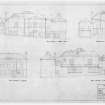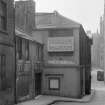Pricing Change
New pricing for orders of material from this site will come into place shortly. Charges for supply of digital images, digitisation on demand, prints and licensing will be altered.
Edinburgh, Niddry Street, St Cecilia's Hall
Commercial Premises (20th Century), Concert Hall (20th Century), Hall (18th Century), Masonic Hall (19th Century), School (19th Century)
Site Name Edinburgh, Niddry Street, St Cecilia's Hall
Classification Commercial Premises (20th Century), Concert Hall (20th Century), Hall (18th Century), Masonic Hall (19th Century), School (19th Century)
Alternative Name(s) 214-216 Cowgate, Masonic Hall; The Bridge Bar; Dr Bell's School; Niddrie Street; Excelsior Ballroom; Freemasons Hall; University Of Edinburgh
Canmore ID 52251
Site Number NT27SE 225
NGR NT 26002 73508
Datum OSGB36 - NGR
Permalink http://canmore.org.uk/site/52251
- Council Edinburgh, City Of
- Parish Edinburgh (Edinburgh, City Of)
- Former Region Lothian
- Former District City Of Edinburgh
- Former County Midlothian
NT27SE 225 26002 73508
St Cecilia's Hall
(University of Edinburgh) [NAT]
OS (GIS) MasterMap, April 2010.
ARCHITECT: Robert Mylne, 1763.
2 floors, upper one being a concert hall, ground floor divided by two transverse sections probably both originally consisting of 3 arches. At the South end 4 thick stone pillars supported landing of upper floor which was gained by 2 staircases. Capitals of the pillars were carved wood. The arched East wall served as a lobby for sedan chairs, etc. In the concert hall the seats were arranged amphitheatrically, a passage a few feet wide running round the outside edge of the oval amphitheatre. Ceiling oval domed. Now in disrepair.
Building superintended by George Paterson, architect.
REFERENCE: SCOTTISH RECORD OFFICE
Organ bought by Edinburgh Assembly Rooms 13th July 1801 and used for concerts. Estimate ?100-200. (from Minutes)
Robert Mylne, architect. William Adam writes that he has seen the concert room and describes it as ugly and squat. Letter to James Adam.
1762 GD 18/4942
REFERENCE: NATIONAL LIBRARY OF SCOTLAND
"St Cecilia's Hall in the Niddry Wynd", Glen, 182, Edinburgh, 1899, 80.
Page 5 -Plan showing position of Niddry Street and the Hall;
Page 15 -Reproduced sketch 1899;
Page 19 - From old plan in possession of city of Edinburgh;
Page 23 - From plan of city and castle of Edinburgh, by William Adgar, Architect, 1765;
Page 28 - Ground Floor Plan;
Page 31 - First Floor Plan;
Page 36 - Interior, after 1844 when Dr Bell's School;
Page 139 - Left side of organ gallery;
Chapter 1 - Locality;
Chapter 2 - Building and Name;
Chapter 3 - Architect.
REFERENCE:
Sources: Dean of Guild. Bundle 1812. January-June. 2.4.1812.
Pet. William Inglis, WS and Alexander Lawrie, bookseller and stationer.
Cowgate Street and Niddry Street.
Additions to St Cecilia's Hall at south for Freemasons.
Plan and elevation in poor condition. Signed J Thin.
St Cecilia's Hall was reconstructed in the 1960s and is currently a museum of musical instruments (2009).
Information from RCAHMS, 2009.
Publication Account (1951)
45. St. Cecilia's Hall, Niddry Street.
According to Arnot, (1) in the time of George I some gentlemen had been in the habit of meeting weekly in the Cross-Keys tavern, then kept by a Mr. Steil who was himself a lover of music and an accomplished singer, for the purpose of performing the concertos and sonatas of Corelli on harpsicord and violin. Their numbers grew, until in 1727 they formed themselves into a society of seventy members pledged to hold a weekly concert during eleven months of the year. Having outgrown the tavern, they held their meetings in St. Mary's Chapel, now covered by the buildings of the South Bridge; and in 1762 they subscribed jointly for the erection of St. Cecilia's Hall on an adjacent site. The Hall was designed by Robert Mylne, the architect of Blackfriars Bridge in London, and is said to have been modelled on the Farnese Theatre at Parma, though on a much reduced scale.
This building still stands in Niddry Street near the corner of the Cowgate. The front, which is of polished ashlar, has its central part advanced. At the base two projecting belts form a ground course. In the centre is a doorway with projecting margins, surmounted by a delicately moulded cornice supported at each end by a scroll-shaped bracket. On either side there is a window with similar margins, the one to the N. having a keystone. In the S. recessed part of the front there is another window, also with a keystone, while in the corresponding part to the N. there is a doorway. On the upper floor a tall window rises in the centre between two blind windows from a projecting belt. There are also blind windows in the recessed parts at each side. The front is completed by a moulded cornice, enriched on the soffit with modillions and surmounted in its turn by a central raking pediment. The lower storey is now a store and the upper one has been altered for use as a dancing-hall. The upper storey was the original concert-room of which Arnot (2) says "It is of an oval form; the ceiling, a concave elliptical dome, lighted solely from the top by a lanthorn. Its construction is excellently adapted for musick; and the seats ranged in the room in the form of an amphitheatre, besides leaving a large area in the middle of the room, are capable of containing a company of about five hundred persons. The orchestre is at the upper end, which is handsomely terminated by an elegant organ." All that survives of this arrangement is the coved ceiling with a great elliptical recess opening to the "lanthorn" or cupola light. Plans of the building before its alteration are published in St. Cecilia's Hall, by D. Fraser Harris, 1899.
RCAHMS 1951
(1) History, p. 379. (2) Ibid.
Photographic Survey (30 May 1960)
Photographic survey by the Scottish National Buildings Record/Ministry of Work in May 1960.









![Scanned image of IGL W472/3/14 [negative number to be supplied].](http://i.rcahms.gov.uk/canmore/l/SC00841002.jpg)

![Scanned image of IGL W472/39/10 [negative number to be supplied].](http://i.rcahms.gov.uk/canmore/l/SC00841611.jpg)









![Scanned image of IGL W472/13/6 [negative number to be supplied].](http://i.rcahms.gov.uk/canmore/l/SC00841606.jpg)






































![Scanned image of IGL W472/13/13 [negative number to be supplied].](http://i.rcahms.gov.uk/canmore/l/SC00841609.jpg)





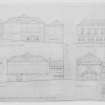

![Scanned image of IGL W472/3/14 [negative number to be supplied].](http://i.rcahms.gov.uk/canmore/s/SC00841002.jpg)
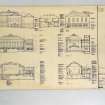
![Scanned image of IGL W472/39/10 [negative number to be supplied].](http://i.rcahms.gov.uk/canmore/s/SC00841611.jpg)
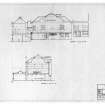
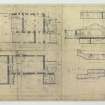
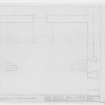
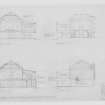

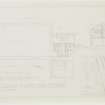
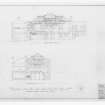

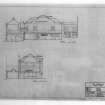
![Scanned image of IGL W472/13/6 [negative number to be supplied].](http://i.rcahms.gov.uk/canmore/s/SC00841606.jpg)




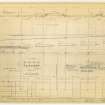


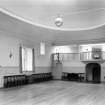


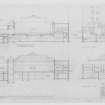
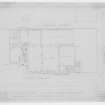
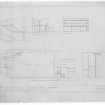
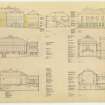
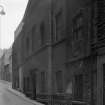
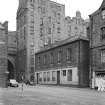
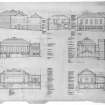
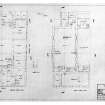
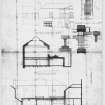
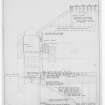
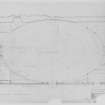

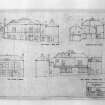
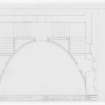

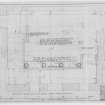
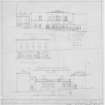
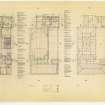
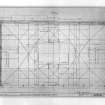
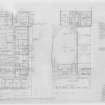

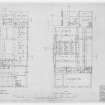
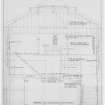
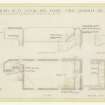
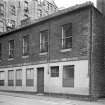
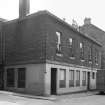
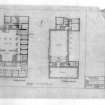
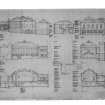
![Scanned image of IGL W472/13/13 [negative number to be supplied].](http://i.rcahms.gov.uk/canmore/s/SC00841609.jpg)
